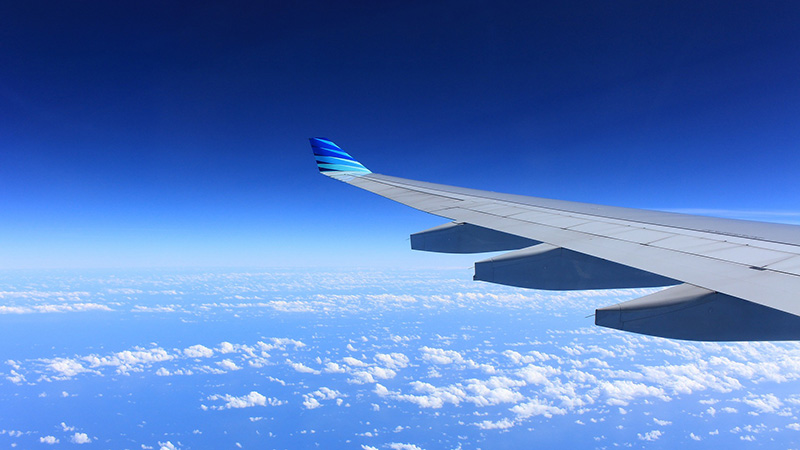As the clock ticks on Barack Obama’s time in the White House, the president is steadily checking off his final climate change goals.
With the Paris climate deal nearing approval and a UN pact to limit potent gases used in fridges in the cooker, next in a thinning line comes the airline industry.
On Monday, the Environmental Protection Agency (EPA) fired Obama’s first salvo, finding that pollution from aircraft poses an environmental and health threat.
The ruling makes it likely the EPA will regulate airline emissions under the Clean Air Act, the legal basis for the White House’s flagship initiative to slash coal use across the US.
https://twitter.com/GinaEPA/status/757595605917167616
“Addressing pollution from aircraft is an important element of US efforts to address climate change,” said Janet McCabe, the EPA’s acting assistant administrator for air and radiation.
“Aircraft are the third largest contributor to GHG emissions in the US transportation sector, and these emissions are expected to increase in the future.”
Critically, she added, future EPA standards for nearly 90% of plane engines “will also provide important climate and public health benefits”.
Aviation emissions account for 12% of the US total, so domestically it’s a big deal that rules could be imposed on flights.
Globally it’s significant too, not least because of the sheer volume of traffic that uses US hub airports.
Atlanta, Chicago, Los Angeles and Dallas are among the planet’s 10 busiest. The US sector is responsible for 29% of global aviation emissions.
In October, the International Civil Aviation Organization (ICAO) meets in Montreal to thrash out a market-based mechanism to tackle greenhouse gases from planes.
All ICAO members are signatories to the Paris climate agreement, so in theory a deal to limit emissions to 2020 levels should be straightforward. In practice, these talks have proved tough.
In pictures: #SolarImpulse completes global flight https://t.co/FhCkQJbz5I pic.twitter.com/CU73cbvXlL
— Climate Home News (@ClimateHome) July 26, 2016
A forecast tripling of emissions by 2050 worldwide sits uneasily with ICAO’s plan to tackle the rise in pollution with carbon offsets.
Nor, argues Drew Kodjak from the International Council on Clean Transportation, are proposed fuel efficiency standards adequate. The UN body is aiming for a 4% cut in fuel consumption of new planes at cruising altitude by 2028.
“The endangerment finding is key because it obligates the EPA to take regulatory action to cut CO2 emissions from aircraft—it triggers a legal mandate,” he said.
“Our analysis clearly shows that the aircraft CO2 standard proposed by the International Civil Aviation Organization won’t offer meaningful reductions. This opens a real possibility to get a better standard.”
While the EPA is an independent agency, the result of the 2016 presidential election could affect its ability to pursue such measures.
Republican candidate Donald Trump does not see climate change as a threat, while his Democrat opponent Hillary Clinton has vowed to ratchet up Obama’s green laws.
